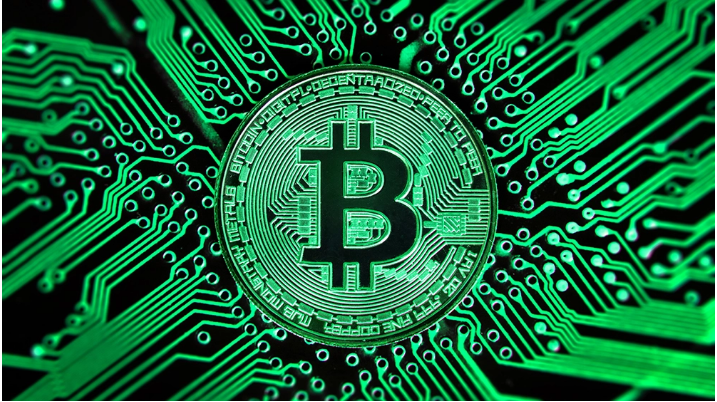With a new tweet, Greenpeace USA continues its smear campaign against Bitcoin and Proof of Work. Just this March, the environmental organisation caused a stir in the Bitcoin space when it teamed up with other climate groups to launch the “Change the Code, Not The Climate” campaign. Remarkably, Ripple co-founder Larsen also provided $5 million in funding.
In today’s tweet, Greenpeace claims Bitcoin mining is causing millions of tons of new global warming in the United States. At the same time, it says, it’s a myth that using methane gas that would otherwise leak out can make Bitcoin mining green.
In reality, Greenpeace said, burning off gas does nothing to reduce fossil fuel consumption, but ensures that old gas wells remain open. In this vein, Paasha Mahdavi, associate professor with the Department of Political Science at UCSB and director of EGAPE Lab, is quoted as saying:
It’s like if you had a leaky gasoline pipeline and, instead of fixing the problem, you plugged in a Humvee next to the leak and left the engine on in perpetuity with the A/C on full blast.
Greenpeace: The Allegations Against Bitcoin’s Proof of Work
To support the statements, Greenpeace USA is promoting a recent report by Earth Justice and Sierra Club that outlines the climate impact of Bitcoin.
The report promoted by Greenpeace is called “The Energy Bomb: How Proof-of-Work Cryptocurrency Mining Worsens the Climate Crisis and Harms Communities Now,” and purports to document the explosive growth of Bitcoin mining in the United States. Specifically, the report aims to illustrate how Bitcoin mining is increasing “dependence on climate-warming fossil fuels.”
According to the study authors, the past two years have shown that the Bitcoin mining industry is seeking readily available energy with minimal regulation by bringing idled coal and gas-fired power plants back online. Miners usually have “little interest in investing in new clean energy.” As a result, PoW miners are responsible for higher electricity prices for residential customers and increase overall CO2 emissions and local air pollution.
Image: Bitcoin.com
Likewise, the mining industry is flooding the unstructured electricity market in Texas and tapping into power grids with little oversight from regulators. Further, the study accuses the industry of “greenwashing” and “fiction.”
For example, most miners purchase electricity from the grid. In addition, it says, there are few mining facilities that actually build new renewable energy for their operations.
Ultimately, the study calls on regulators and policymakers worldwide to implement steps in the form of bans to reduce the harm of mining.
The Flip Side Of The Story About BTC Mining
One of the leading voices in Bitcoin space when it comes to debunking myths surrounding Bitcoin mining, Daniel Batten, set out to refute these theories. As Batten outlined, Bitcoin’s emissions are lower than those of stocks like Apple or Microsoft, which have not been actively criticized by Greenpeace.
Also false is the claim that Proof of Work mining prioritizes the short-term need for large amounts of electricity over longer-term investments in renewable energy. On the contrary, Bitcoin is recognized by grid operators to increase investment in renewable energy.
Claim: "proof-of-work cryptocurrency mining prioritizes the short-term need for large amounts of electricity over longer-term investments in renewable energy."
False: Bitcoin is acknowledged by grid operators as increasing investment into renewables https://t.co/Hpyui6JwUT
— Daniel Batten (@DSBatten) October 18, 2022
Research by Batten also shows that mining Bitcoin using methane can remove 13x more emissions from the environment than coal puts into it. Through this, Bitcoin mining can reduce 0.15°C of climate change.
In this context, mining is carbon negative because it uses methane gas that flares into the air to generate electricity. The use of flared gas for bitcoin mining is growing by ~8.3 MW/month since May ’21. In this respect, Batten estimates:
Use of flared gas to power Bitcoin mining is growing at ~8.3 MW/month since May ’21. If use of vented gas to power Bitcoin mining grows at just 6.9 MW/month – the Bitcoin network will become Carbon Negative in Dec ’24.
187.1 MW of power is all it takes. That’s around 50 landfills. That’s a tiny portion of what exists. In the US alone, there are 1400 landfills that are venting directly into the atmosphere.
The BTC price is still showing little volatility and is trading below $20,000.
Im
